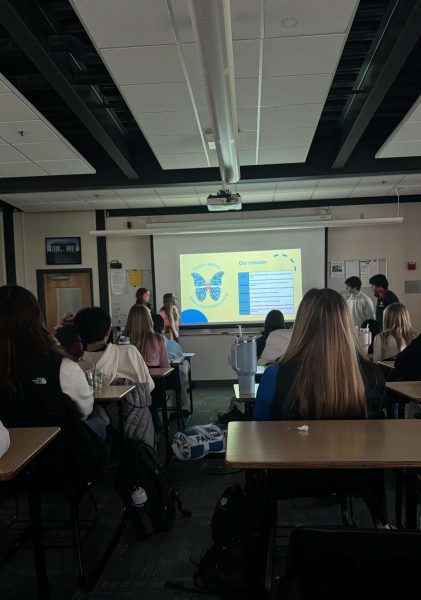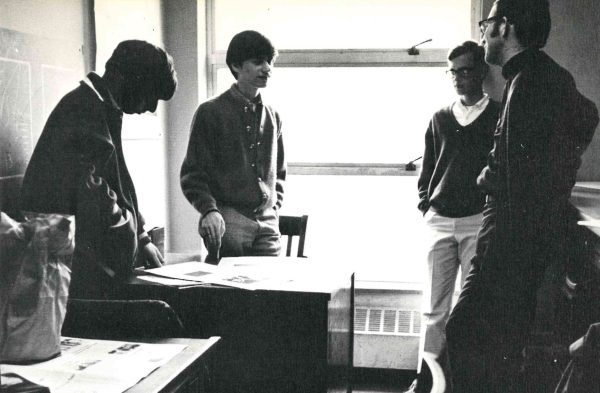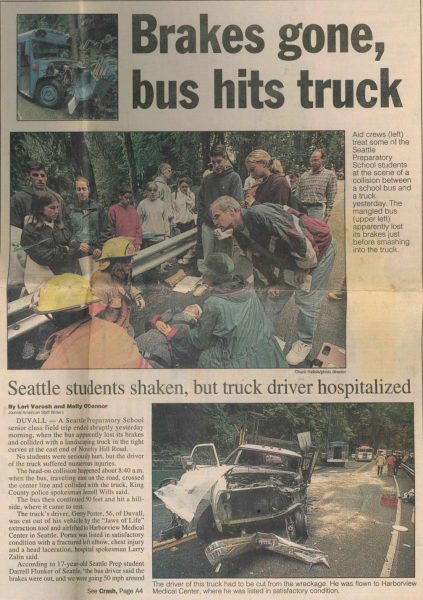Addiction Behind Bars
November 8, 2018
Drug abuse is an epidemic throughout the United States; however, most drug users are felons. The United States Office of National Drug Control Policy found that an estimated 82% of prisoners tested positive for at least one illicit drug upon entering prison. Due to the high concentration of drug users in the United States prison system, the most impactful rehabilitation centers are part of the Federal Justice System.
This summer, I spoke with a former inmate from Chicago named Charles. Raised in the south side of Chicago, drugs and violence were rampant themes in his young life. Addicted to cocaine at a young age, Charles entered into a life of crime and drug use. Charles described the brutal circumstances of drug withdrawal in prison. While in prison in the 1980s, he had no support from the Federal Justice System. Without any rehabilitation services, Charles endured painful withdrawals without any support and after leaving prison, immediately went back to drug use.
Thankfully, the conditions have improved, and felons now have a resource to stop their addiction. The Federal Justice system has a three-step process for drug rehabilitation. First, an intensive supervision system is implemented. Then, the patients are a part of transitional work-release. Patients find work in the community and after work go back to the correctional facility. Finally, patients are frequently visited for aftercare while under parole.
This process centers around the concept that, “Drug abuse is a disorder of the whole person, that the problem is the person not the drug, that addiction is a symptom and not the essence of disorder, and that the primary goal is to change the negative patterns of behavior, thinking, and feeling that predispose drug use.” Rehabilitation centers, like these in prisons, are essential to conquering the drug epidemic.








